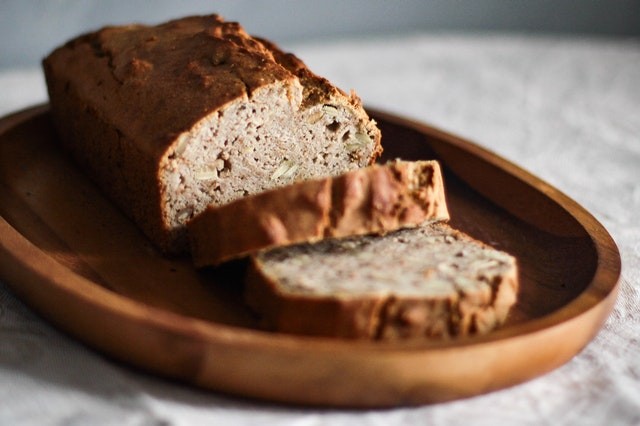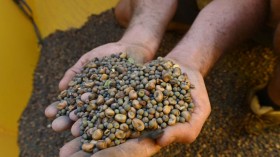Experts from the UK and Singapore have suceeded in engineering common baker's yeast so that a primary ingredient for the treatment of dementia can be produced.

Producing D-lysergic Acid (DLA)
By making some changes in the genome of yeast, researchers from Imperial College London and National University of Singapore (NUS) succeeded in changing the fungi into bio-factories so that a chemical compound known as D-lysergic acid (DLA) can be produced, as per Phys.org.
Alkaloid DLA is used in the treatment of dementia and Parkinson's disease, as well as migraines and other neurological diseases. The annual production of the chemical is estimated to be between 10 and 15 metric tons to meet the global demand for such medicines.
As of now, the only way to get DLA is through ergot extracts, which are derived from parasitic fungi that infect crops like wheat and rye with illness.
Industrial agriculture, which is a major source of carbon emissions, makes it impossible to grow ergot fungus for medical purposes. Yeast might be used to produce DLA in a proof-of-concept study published in Nature Communications, according to the study's authors.
Also Read: Researchers Create First-Ever 'Designer Chromosome' in Yeast [Video]
Baker's Yeast: The Perfect Model for Genetic Engineering
For thousands of years, yeasts have been utilized to manufacture ethanol and flavor-enhancing chemicals in alcoholic beverages like beer, wine, and even bread.
Researchers have also investigated microorganisms, and baker's yeast (Saccharomyces cerevisiae) was one of the first cellular organisms to have its genome sequenced, making it a perfect model for genetic engineering to produce a variety of chemicals.
Imperial and NUS worked together on the initiative for two years, sending Ph.D. students to each other's campuses to collaborate on the strategy.
For the first time, researchers have successfully created a yeast cell capable of manufacturing DLA from the genome of baker's yeast by inserting a number of different DLA genes from ergot fungus.

Fermentation-based Drugs
To generate DLA, these modified fungal factories adapted the same fermentation process that is used to make beer and bread, feeding on sugar and producing slightly under 2mg of DLA in a 1L reactor, according to Imperial College London.
In spite of the small volumes produced in this study, researchers say the method might be used to create tons of the substance each year if ramped up to industrial levels.
Co-principal Investigator and Professor Paul Freemont of Imperial College London's Department of Infectious Diseases stated that "yeast has been a key part of human civilization for thousands of years, helping us to make bread and brew beer.
But our relationship with this familiar microbe is evolving. Through this exciting collaboration we have been able to harness fungal cells to act as miniature factories to produce the raw compounds for medicines."
Freemont said this is an instance of how something that may seem small and less important has the capability of changing human lives by providing the drugs that can allow humans to age better and also curb the impact of industrial drug production.
Related Article: Yeast Drug: Biotechnologists Are Turning Yeasts into Micro Medicine Source
For more news, updates about yeast cells and similar topics don't forget to follow Nature World News!
© 2024 NatureWorldNews.com All rights reserved. Do not reproduce without permission.





